 Originally posted by Damn Brit
Originally posted by Damn Brit 
From a printing POV I have heard that it is desirable to slightly oversharpen the image, haven't tried it myself yet.
I don't have too much problem when I sharpen pictures for on screen viewing, I zoom to print size and focus on the important areas, one way to judge it is to at the same time watch the background areas as this is where noise increase the more you sharpen.
Do you use LR2.x? I am going to have to play around with the setting that allows output sharpening for different target devices plus it allows to adjust the degree of output sharpening. Must play with that one my color laser (yeah, I know it's not the best thing for images but it's what I have...

) Need to order more toner though, a couple of the carts are getting low.
As for sharpening in general, I usually keep it to a minimum anymore. 99% of my shots are for the web and personal enjoyment so I don't usually need to do more. Plus for shots I really want right I use one of the labs via SmugMug who is pretty cool at helping PP dolts like me get it right before it reaches their lab. Plus the prints are really inexpensive!

BTW, I use both USM as well as High Pass, often in combination. And often get, ummm, 'interesting' results. For my USM I typically am around 90, 0.6, 1-5 for the threshold...
Gonna have to see what Maffer's 300-400% does to macro as I tend to sharpen my macro shots the least, if at all...I do sometimes focus stack though, using CombineZ, which makes it easier.


 Similar Threads
Similar Threads 


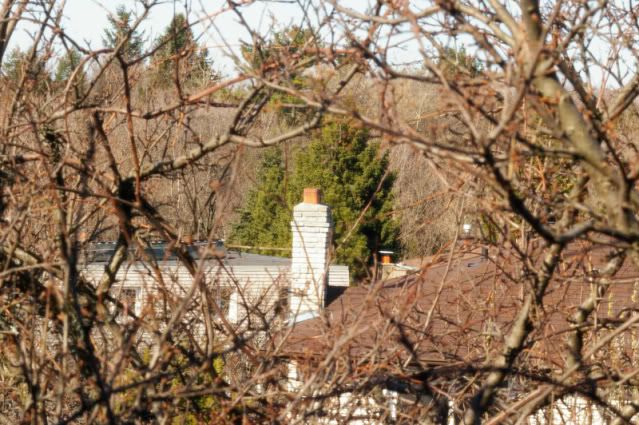

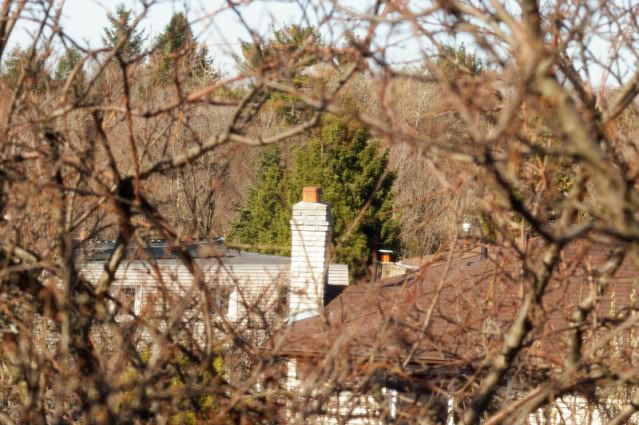
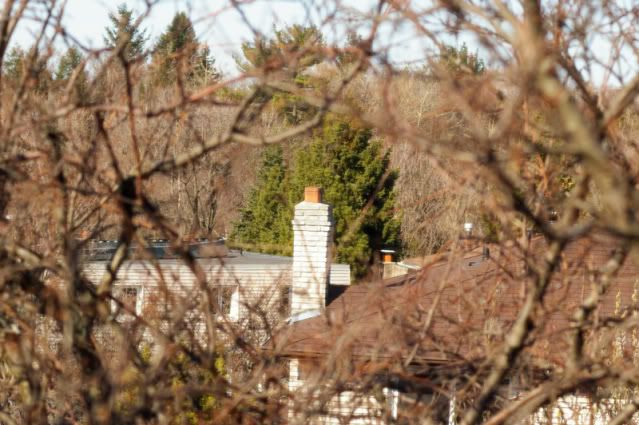
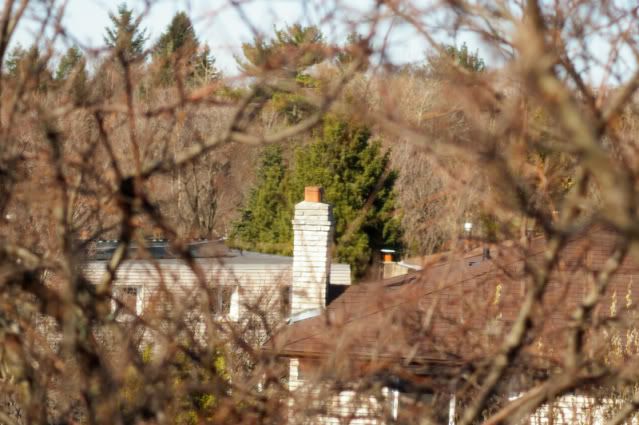
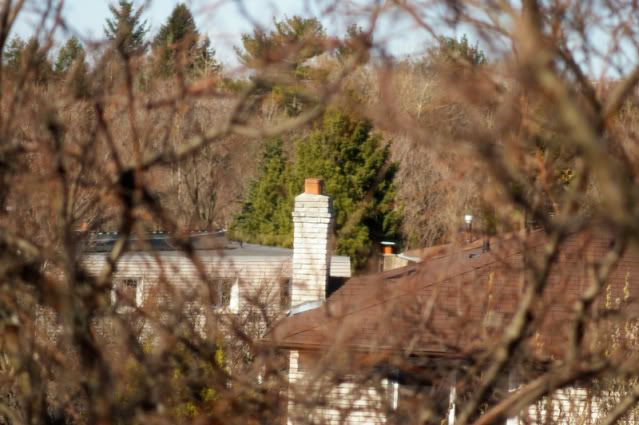




 ) Need to order more toner though, a couple of the carts are getting low.
) Need to order more toner though, a couple of the carts are getting low. 














